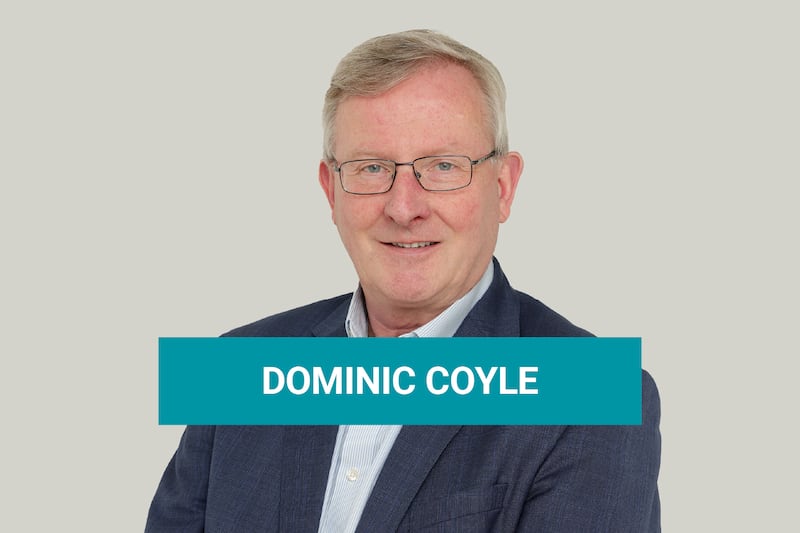The Federal Reserve faces a close call on whether to cut US interest rates by a larger-than-expected half-point next week or go with a quarter-point move as officials wrestle with how quickly to ease monetary policy.
Questions over the size of the cut come as futures markets increasingly price in a more modest quarter-point reduction from the Fed when its pivotal meeting concludes on Wednesday.
Any cut next week would be the central bank’s first in more than four years and – after holding rates at a 23-year high of 5.25 per cent to 5.5 per cent since last July – would come seven weeks before November’s presidential election.
Top Fed officials have backed a series of interest-rate cuts amid signs inflation is easing and as they focus on preventing undue economic damage from keeping borrowing costs higher than needed.
How quickly to return to a “neutral” level that does not stymie growth is the next question they must answer.
A half-point rate cut in September would let the Fed return borrowing costs to normal levels more quickly, removing restraint on the economy and protecting the labour market from further weakness.
Krishna Guha, vice-chairman of Evercore ISI, said a half-point move next week “would take less risk with the soft landing”.
Donald Kohn, the former vice-chairman at the Fed, said even if the central bank opted to move slowly next week it could adjust policy quickly, as it did when inflation proved to be more pernicious than expected in 2022.
“They do have the opportunity to make up if they’ve waited too long, by the speed with which they cut and the way they signal future cuts,” he said.
Policymakers have not raised alarm about the US’s economic outlook but have warned about rising downside risks. Several thought it was “plausible” to lower rates at the most recent meeting, minutes showed. Jobs and inflation data since then have become more supportive of cuts.
Fed chairman Jay Powell last month said the central bank would “do everything we can to support a strong labour market as we make further progress towards price stability”.

How will the Apple tax ruling affect Ireland’s relationship with other multinationals?
Fed governor Christopher Waller last Friday said he was “open-minded about the size and pace of cuts” and would back a larger cut “if the data suggests the need”. But he said he expected any move would be “done carefully”.
Last Friday, the New York Fed’s president John Williams said he was undecided on the size of this month’s cut but said the central bank was “well-positioned” to meet its inflation and jobs goals.
“We’ll get together and obviously analyse everything and discuss that,” he told reporters of the size of the first cut.
A more aggressive half-point cut by the Fed this month would bring risks, however.
Recent data has been mixed, with the most recent jobs report showing slower monthly growth but also lower unemployment and rising wages. Inflation data this week showed price pressures were easing even as the “core” measure of the consumer price index that strips out volatile food and energy prices firmed.
A half-point move could also spark concerns the central bank has grown worried about the economic outlook. It could prompt financial markets to price in a more dramatic reduction in rates, beyond the Fed’s planned pace of easing.
[ ECB rate move hands Coalition perfect election springboardOpens in new window ]
“An argument can be made for 50 [basis points] but the communications around that are complicated and there isn’t a compelling reason to take on that challenge,” said Loretta Mester, who retired as the Cleveland Fed’s president in June.
Richard Clarida, a former Fed vice-chairman now at Pimco, said half-point cuts were not “necessarily 100 per cent guaranteed to be well-received or to instil confidence”, adding: “They can trigger the view of, ‘Wow. What do they know that we don’t know?’”
A deeper-than-expected cut would also risk political blowback, given Republican presidential candidate Donald Trump has warned the Fed against any cut in September, just a few weeks before the election.
Mr Powell recently said the Fed would “never use our tools to support or oppose a political party, a politician or any political outcome”.
Futures markets suggest the central bank will lower rates by a percentage point by year-end, indicating one half-point reduction at one of the remaining three gatherings. – Copyright The Financial Times Limited 2024
- Sign up for the Business Today newsletter and get the latest business news and commentary in your inbox every weekday morning
- Opt in to Business push alerts and have the best news, analysis and comment delivered directly to your phone
- Join The Irish Times on WhatsApp and stay up to date
- Our Inside Business podcast is published weekly – Find the latest episode here













